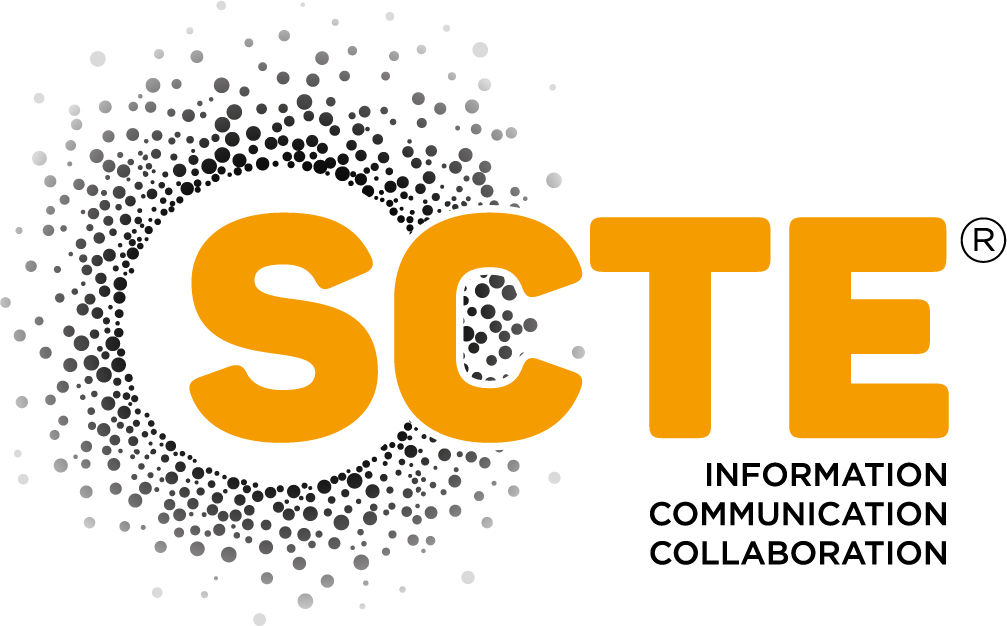IBC2023 Tech Papers: AI Powered Editorial Systems & Organisational Changes

IBC2023: This Technical Paper investigates opportunities for a future-orientated editorial system within journalism where both organizational and technological transformations are considered.
Abstract
Journalists work with an editorial system daily; they use it to process their articles, communicate with colleagues, and produce and archive content. Yet even though editorial systems are the heart and backbone of the journalistic process, they are underexposed within innovation processes and journalistic research. This is remarkable because technological developments-amongst others, the rapid rise of Artificial Intelligence, offer numerous opportunities to revitalize editorial systems. In addition, new (hybrid) journalistic ways of working and operating call for a redesign of the editorial system.
In our research, ‘The Editorial Portal,’ a mixed group of experts from Fontys University of Applied Sciences (software engineers, AI experts, journalism researchers, and design researchers) investigated opportunities for a future-orientated editorial system where both organizational and technological transformations are considered. We understood that design methods, including context mapping, are suitable for identifying the relationship between editorial, system, corporate culture, and future developments. Journalists from four Dutch regional newsrooms consulted in this study call for a more intelligent system that encourages collaborative and creative working methods. Journalists, however, should be co-designing this new editorial system.
Introduction
Editorial systems are underexposed in journalistic research, which is strange because these systems are the basis of the journalistic process. The sparse studies available stress that editorial systems are the backbone of the journalistic process (Holmberg, 2002). According to Holmberg (2002), editorial systems serve multiple essential purposes, like providing editors with a toolkit to select and sort information quickly, minimizing parallel work, facilitating efficient information flow between staff members, controlling production workflow, and managing scheduling and resources. Furthermore, editorial systems are crucial for newsroom collaboration as they facilitate work processes and communication between journalists, final editors, and production (Marjoribanks, 2000, 2003).
The crucial role of editorial systems came to light during the COVID-19 pandemic, in which journalists were forced into hybrid work. Recent research by Reuters indicates that hybrid working heavily impacted the newsroom culture. Those on the news floor and those sitting at home don’t have equal forms of participation in the news process (Cherubini et al., 2021), resulting in organizational and technical challenges, amongst which working with editorial systems. The current editorial systems are not well-equipped to facilitate hybrid newsrooms (Cherubini et al., 2021). In the Netherlands, many news environments switched to Microsoft Teams to enable home working and video calling.
On top if this, Artificial Intelligence’s rapid advancement challenges journalism in all its facets including the journalistic editorial system. AI-driven tools for transcribing, translating or image-editing tools, are introduced to the newsroom. However, the current editorial systems in Dutch regional news outlets are not yet geared toward working with AI.
The need for new, more hybrid operating systems, coupled with the rapid evolutions around AI, prompted Dutch regional news outlet Omroep Flevoland, in collaboration with regional outlets Omroep West, RTV Utrecht, Omroep Rijnmond, and Omroep Zeeland, to commission Fontys University of Applied Sciences to investigate future-orientated news systems.
For this one-year research project, Fontys researchers of the Professorship Journalism and Innovation, and the Professorship Design and Interaction, teamed up. Thus, the team consisted of 2 journalism researchers, one software engineer, 2 UX designers, and one innovation researcher. Next to this, journalism students (4), students software engineering (12), and media design (10) were included.
The overarching question of our project was:
Q. 1, What organizational, technical, and functional requirements must be incorporated in a future journalistic editorial system to adequately and responsibly respond to hybrid and more AI-orientated news practice?
To answer this question, we composed four research groups:
Group 1 consisted of journalism researchers from the Professorship of Journalism and Innovation who focused on mapping journalists’ current workflow with the editorial system and mining the needs towards a future-orientated system.
Group 2: consisting of software engineering students and lecturer-researchers from the professorship of Design and Interaction, focused on investigating the system design around an AI-driven editorial system.
Group 3, consisting of design and interaction students and a lecturer-researcher from this department, investigated the UX requirements of such a system.
Finally, Group 4 consisted of the principal investigators of all teams and project managers of the participating news outlets. This group focused on investigating journalistic organizational developments concerning the editorial system.
The groups worked in parallel and exchanged results and insights through six-weekly meetups. In this way, research on mapping the journalistic process by research group 1 was supported by the UX research of group 3 and vice versa. The process of mapping the software structure of research group 2 fueled the qualitative interviews with journalists by researchers of group 1 and challenged group 4 to dive into future-orientated organizational structures.
Although all groups used their own research methods (ranging from more ethnographic and qualitative research for group 1, AI engineering in group 2 and UX design research in group 3), all four groups followed a research trough design process, where prototyping and development of tools went together with reflection (Teashakkori, Creswell, 2007).
For readability, the combined insights of all four groups are processed below in three phases: phase #1 maps current ways of working with editorial systems. Phase #2 identifies de possibilities and wishes around the future system with AI developments, and phase #3 explores editorial systems in relation to new organizational news structures.
Read the full article

Sign up to IBC365 for free
Sign up for FREE access to the latest industry trends, videos, thought leadership articles, executive interviews, behind the scenes exclusives and more!
Already have a login? SIGN IN

















